Indoor Air Quality refers to the quality, i.e., purity, of air inside an enclosed space (indoors). Indoor Air Quality or IAQ is an important consideration for a healthy environment. Controlling the number of pollutants and contaminants that exist in the air inside a house can greatly impact your family's physical and mental well-being. However, thousands of homeowners and individuals don't realize the value of maintaining quality indoor air.
In simple words, maintaining indoor air quality with air purifiers means cleansing the environment of any airborne pathogens. This filter significantly reduces the risks of health issues, conditions, and allergic reactions.
Importance of Indoor Air Quality
By exposing yourself to a range of deadly airborne pathogens, you are unintentionally reducing your life expectancy. Several health conditions, allergies, and diseases can develop in rare cases.
Check out the reasons why maintaining an extremely high indoor air quality is important with solid facts and general information:
Causes of Indoor Air Quality Problems
The main causes of indoor air quality issues are the sources of harmful gases and particles inside the house. Also, certain home elements affect indoor air quality, such as ventilation. In case the house's ventilation systemisn't up to par, chances of experiencing conditions and illnesses are higher for people with weaker immune systems.
Improper ventilation doesn't bring fresh air inside the house to dilute contaminants and pollutants.They take away the harmful air toxins, the household and family might be at serious risks of contracting viral diseases.
Here are some of the most common sources of indoor air pollution:
-
Furnishings and building materials
-
Pressed-wood products
-
Fuel-burning combustion appliances
-
Asbestos-containing insulation
-
Tobacco products
-
Fresh upholstery and cabinetry
-
Allergenic-compound carrying household products including hobbies, personal care, and maintenance
-
Moisture buildup
-
Excessive temperature and humidity
-
Radon quantity
-
Outdoor pollution
While there's a long list of indoor air pollution sources, you can't focus on all of them. That's why you have to assess and choose indoor air pollution sources based on their importance. How do you determine the significance of different indoor air pollutants? Well, you have to consider which source is contributing the highest to the degradation of indoor air quality in your residential space. For instance, an improperly built ventilation shaft or inadequate asbestos-containing insulation could be of high importance.
Several items like furnishings and air fresheners, including those with pleasant VOCs,aren't continuous sources of indoor air pollution. For example, smoking is an indoor air pollutant that doesn't require expensive solutions.A safe place to contain harmful chemical smoke can be a good solution. The real concern is that air pollutants can remain in the house for longer periods, especially without any proper ventilation. This gradually increases the chances of family members' chances of developing health conditions and issues.
Potential Health Effects of Poor Indoor Air Quality
If indoor air quality remains, certain physical health impacts can become persistent. Those include:
-
Headaches
-
Dizziness
-
Fatigue
-
Irritation
On top of that, the risk of developing irreversible medical health conditions also increases. Those medical health conditions include:
-
Heart disease
-
Lung disease
Inadequate indoor Air Quality's Impact on Family Health
Irritation on different parts of the body is common for most people as soon as they contact the respective air pollutants. The irritation can be progressive and sudden but highly noticeable right from the beginning. It's one of the short-term health effects upon exposure to indoor air pollutants.
Short-term health effects also depend on the sensitivity and underlying medical conditions of the affected individuals. Some of the most common short-term illnesses and symptoms of exposure to indoor air pollutants include irritation, seizures, inflammation of ENT, and itches. Therefore, keeping safe from contaminants is necessary, combined with that pollutants remain in the air for long.
Long-Term Health Effects
Some people can show signs and symptoms of illnesses that come from airborne pathogens and pollutants present in the house even after several years. For example, some of the most common respiratory diseases evolve internally and manifest signs and symptoms. With exposure to harmful contaminants in indoor air, the chances of developing conditions are higher.
Late detection or identification can be fatal and lead to death. Even though there's a diverse range of indoor air pollutants, it's still unknown what kind of quantity and how long exposure it takes for a certain indoor air quality-related health condition to develop and trigger symptoms.
Conclusion
By learning the health risks and severe implications that poor indoor air quality can have on your family, you can begin your search for the right type of air purifier. Choosing an air purifier isn't that difficult if you know the quality and features you should look for. However, if it appears like a troublesome task, you can opt for Oval Air to maintain high indoor air quality.
With clean and fresh air, you can rest assured that the risks of developing health conditions and issues via airborne chemicals and hazardous asbestos will be extremely low.
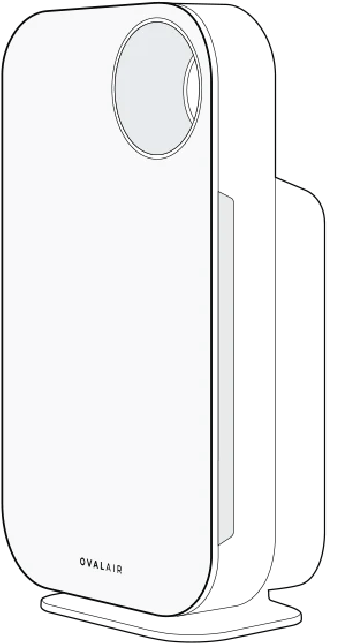
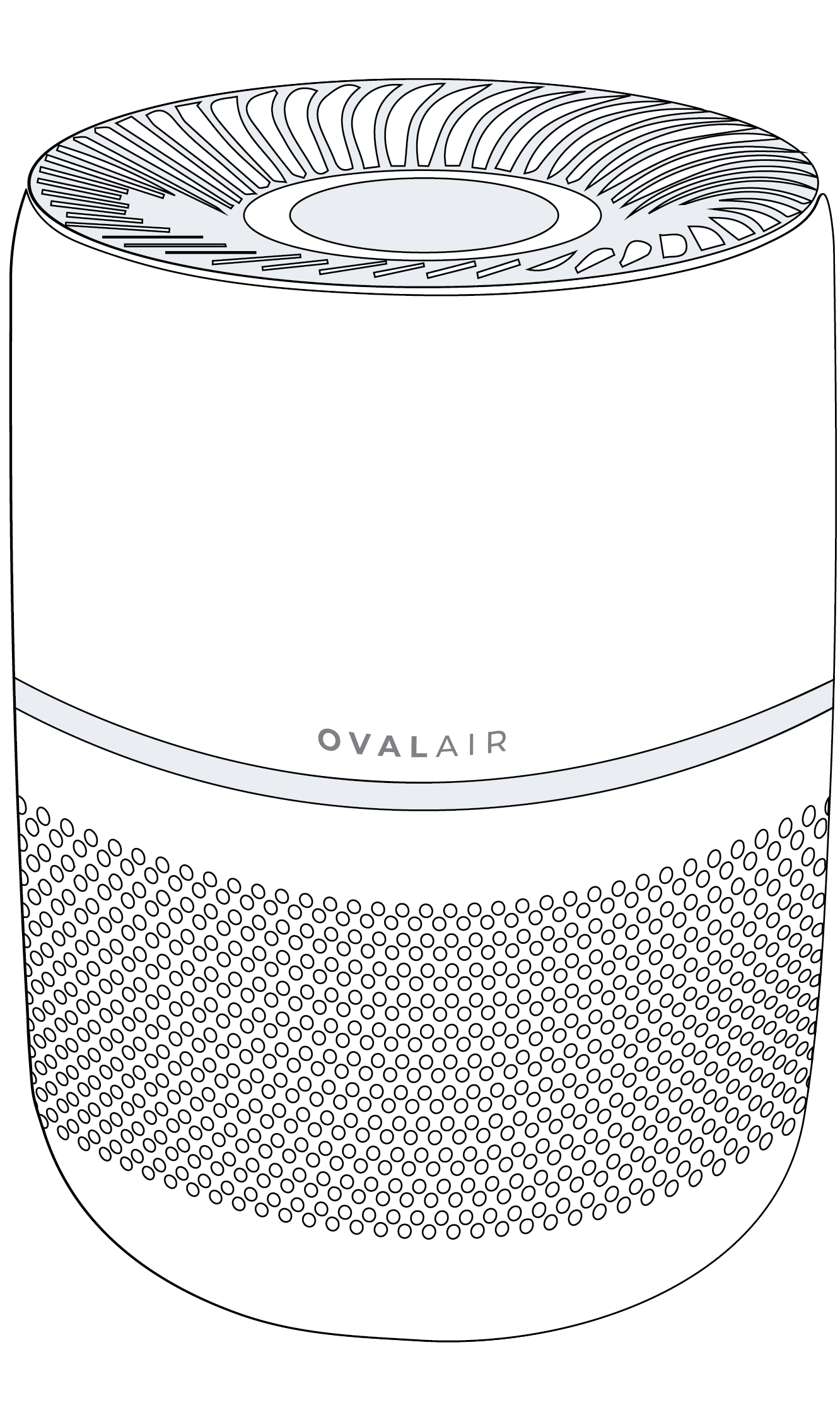
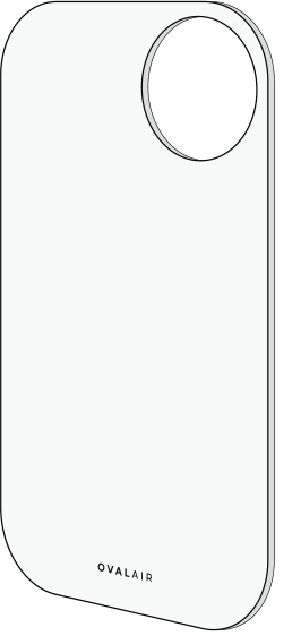

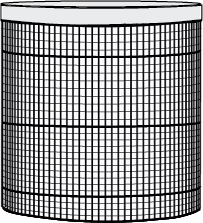

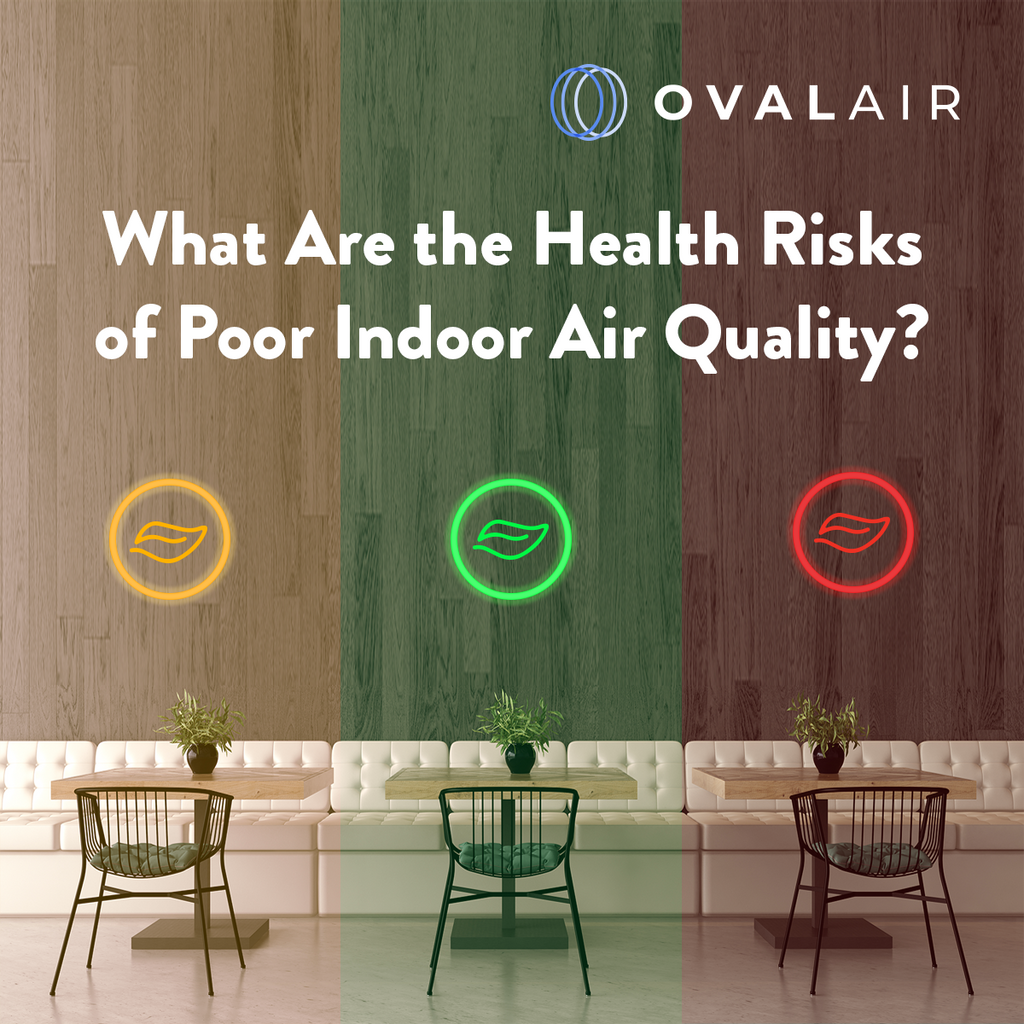

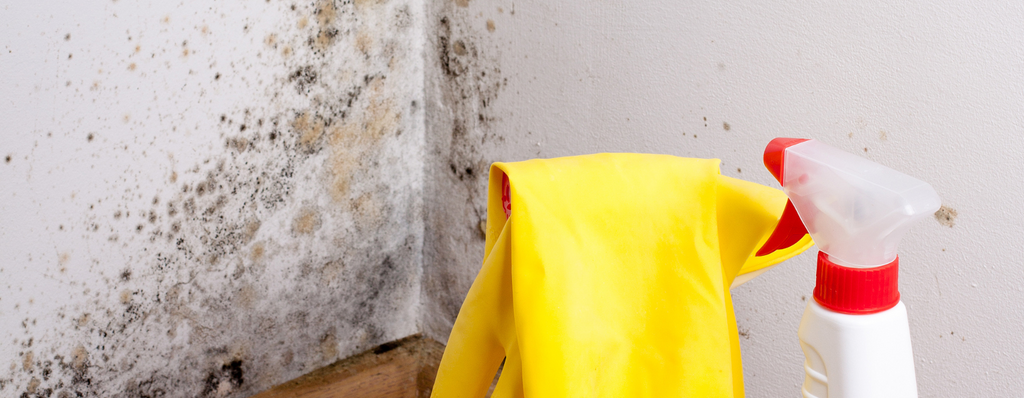







Leave a comment